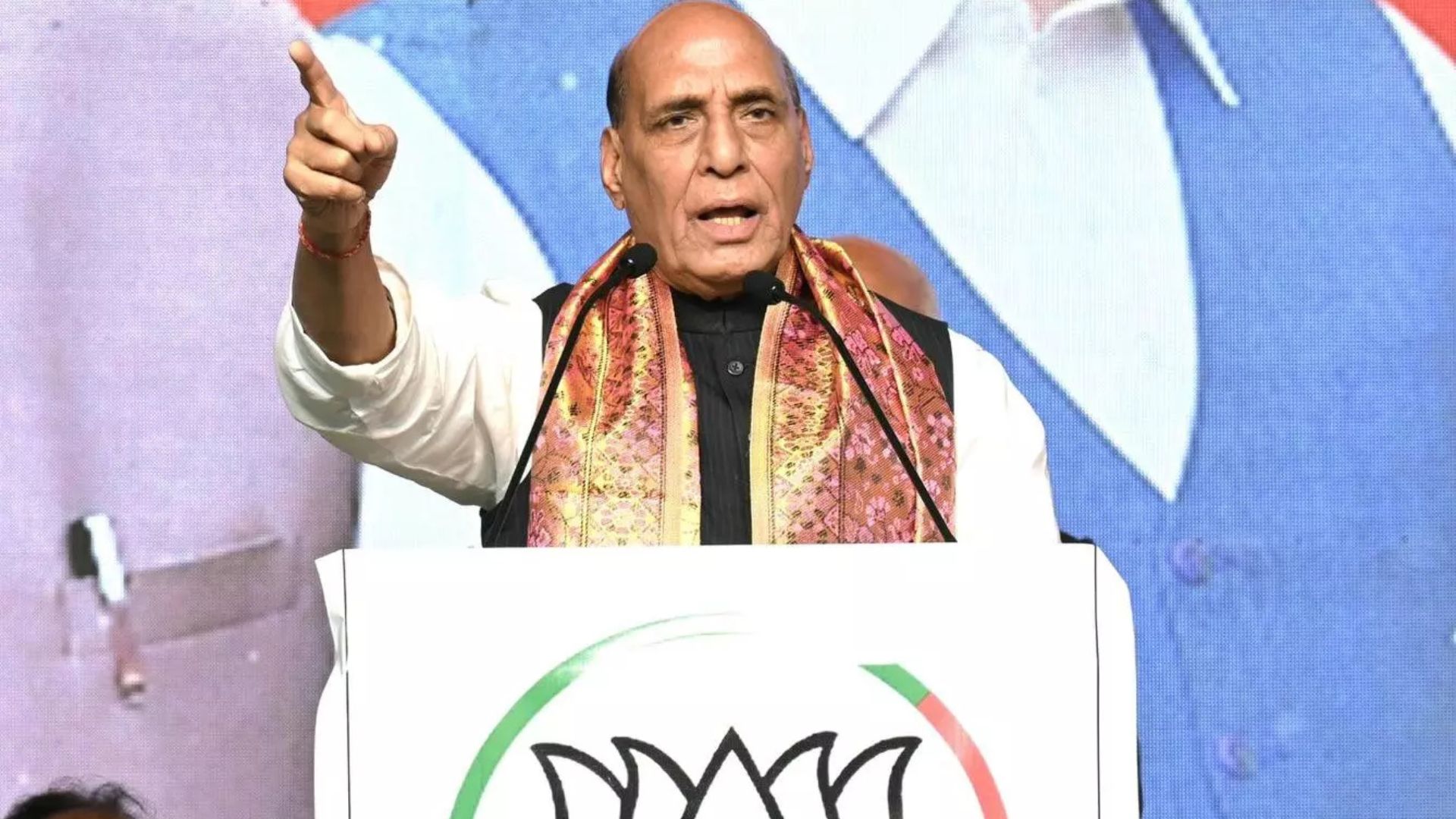
The construction industry stands as a cornerstone of societal progress, shaping the built environment that sustains our lives and livelihoods. From towering skyscrapers to massive infrastructure networks, the industry’s contributions to our country’s progress and development are unmistakable. However, amidst the roar of machinery and the buzz of activity, there exists a silent but potent threat that often goes unnoticed: deadly mosquito-borne diseases.
Construction sites, with their exposed terrain and stagnant water from rain or machinery, become fertile breeding grounds for mosquitoes, perpetuating the cycle of disease transmission. These sites are potential hotspots for some species of mosquitoes, particularly in regions with conducive climates for vector breeding.
Construction workers, who often reside on-site or in nearby areas, are particularly vulnerable to mosquito-borne diseases such as malaria. We have to keep in mind that this is a category that is most ignored when it comes to even general safety protocols. The extended hours spent outdoors, combined with inadequate housing conditions and limited access to healthcare facilities, increase their susceptibility to mosquito bites and the diseases they carry. Moreover, the transient nature of construction work means that workers may seek treatment from unregulated, private vendors, exposing them to substandard drugs and exacerbating their health risks.
The consequences of neglecting vector-borne disease management in the construction industry extend beyond individual health risks. The surge in urban malaria cases in regions like India since 1970 is a stark reminder of the challenges posed by unplanned urbanization and large-scale immigration of laborers. The proliferation of urban slums and areas lacking basic amenities exacerbates the risk factors associated with vector-borne diseases, placing construction workers and residents alike at heightened risk.
Addressing the threat of vector-borne diseases in the construction industry requires a coordinated and multidisciplinary approach. Heightened awareness and education campaigns can empower construction professionals with the knowledge and tools to protect themselves from mosquito bites and other vector-borne illnesses. Personal protective measures, such as the use of insect repellents and appropriate clothing, should be promoted alongside environmental controls to mitigate mosquito breeding on construction sites.
But this is not the most effective shield that can be wielded against disease-causing mosquitoes. Investment in Science-based research and innovation is essential to developing novel strategies for vector control and disease prevention. Additionally, we have to adopt these innovations at a mass scale in society too, in order to Break-the-Cycle of mosquito breeding. Along with this, the integration of data-driven approaches and surveillance systems can help identify high-risk areas and tailor interventions to effectively combat vector-borne diseases in the construction industry.
The management of vector-borne diseases represents a critical yet often overlooked aspect of worker health and safety in the construction industry. By prioritizing preventive measures and investing in innovative solutions, we can create safer and healthier work environments for construction professionals while ensuring the uninterrupted progress of essential infrastructure projects. It’s time to shine a light on the unseen threat of vector-borne diseases and take proactive steps to safeguard the well-being of those who build the future.
Mr. Prasad Phadke, Founder and CEO at Eco BioTraps, the world’s 1st biodegradable and passive device that shields you from disease-causing mosquitoes by breaking the chain of mosquito breeding.















